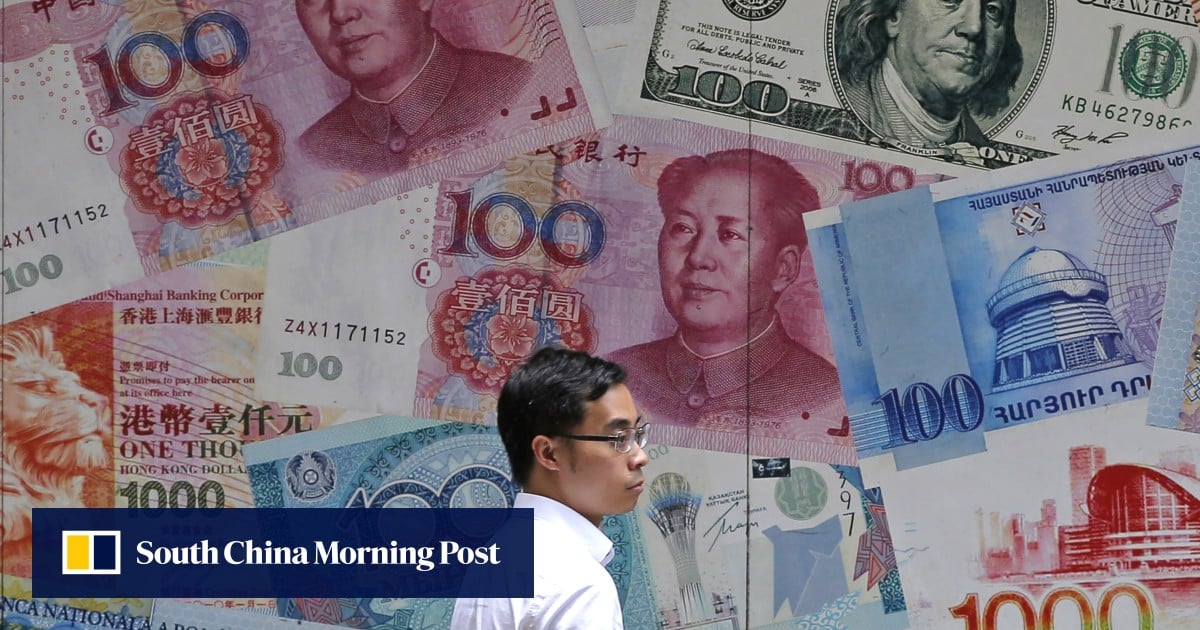
China’s yuan hits 2-year low, Asian currency pressure rises, as US dollar strengthens
On the last trading day in 2024, the yuan touched 7.3698 per US dollar and reached its weakest level since October 2022, when the rate surpassed 7.37, according to Chinese financial data provider Wind. A higher number means it takes more yuan to purchase one dollar, signalling relative yuan weakness.
The onshore yuan has remained relatively steady, testing the 7.3 level multiple times last month without breaking it, according to Wind.
On Thursday morning, the People’s Bank of China set the midpoint rate – also known as the fixing rate – at 7.1879 per US dollar, the strongest level so far in this week, while the offshore yuan was trading at around 7.322 to the US dollar on Thursday afternoon.
The yuan is not alone in feeling the pressure, as other Asian currencies have also taken a hit due to the strengthening of the safe-haven US dollar. Expectations for a strong US dollar are enhanced because the US Federal Reserve is expected to slow the pace of rate cuts this year, and Trump’s forthcoming trade policies could heighten uncertainties after he takes office on January 20.
The Japanese yen dipped below the 158 mark against the US dollar near the end of last year, hitting a five-month low, while the Vietnamese dong declined to a record low, trading at more than 25,480 against the dollar by year’s end.




